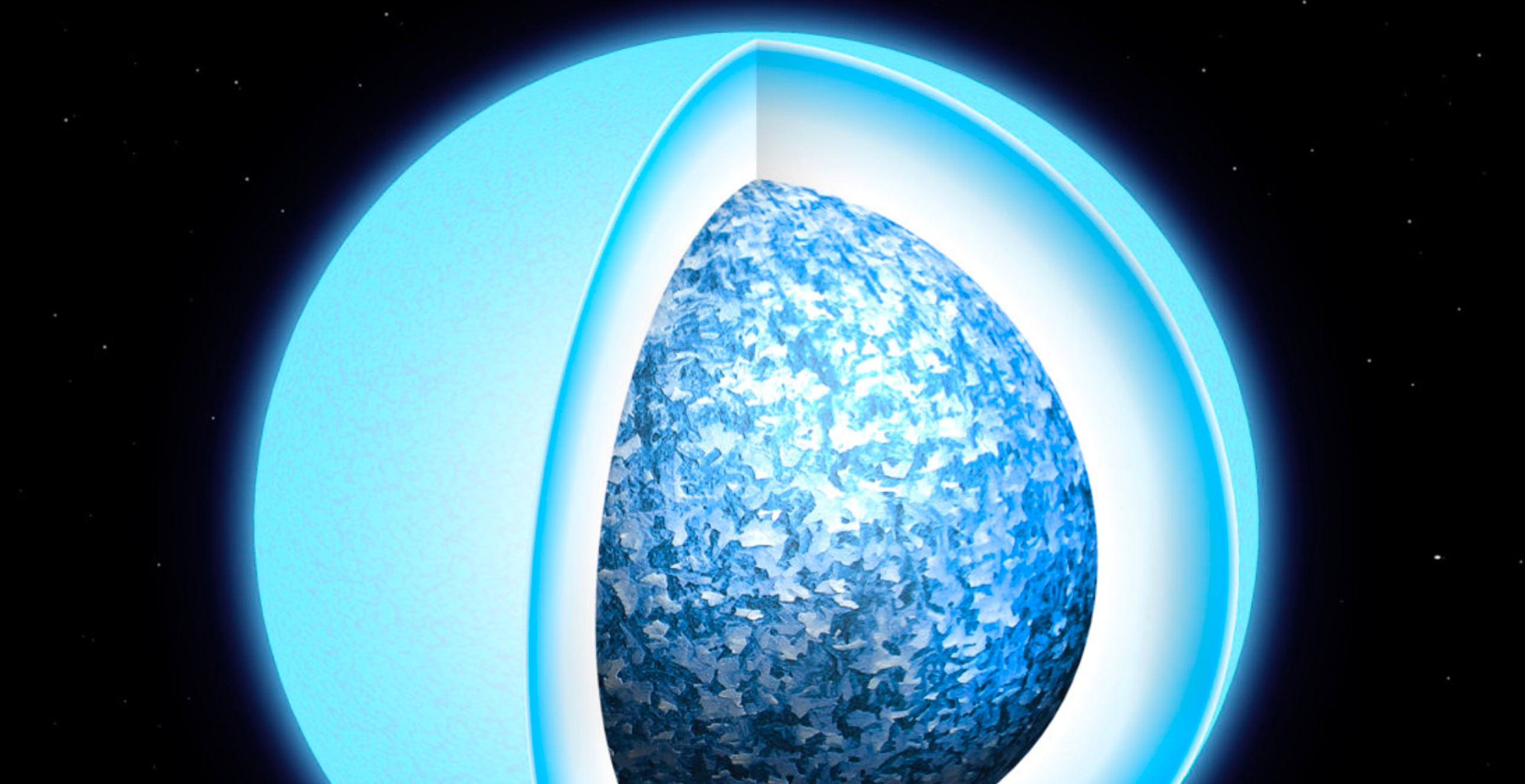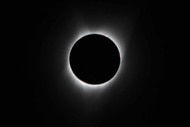Create a free profile to get unlimited access to exclusive videos, sweepstakes, and more!
The sun is destined to turn into a gargantuan crystal ball after it dies

If the thought of cosmic crystal balls seems like something that emerged from an overly active imagination, this isn’t just an idea pulled from the depths of science fiction.
ESA’s Gaia satellite has observed dead stars that are the first direct evidence of an extraordinary phenomenon predicted 50 years ago. Astronomers at the University of Warwick used Gaia’s observations of hundreds of thousands of stars to prove that white dwarves, or the star corpses left after the red giant phase, crystallize. This discovery is also proof that some ancient stars are billions of years older than previously thought.
White dwarf stars are already some of the oldest star stuff in the universe. Their life cycles are predictable enough for astronomers to use them as an eerily accurate basis for estimating the ages of surrounding stars. The observations that Gaia beamed back revealed an unusually high number of stars whose colors and luminosities were not indicative of a single mass or age, otherwise known as a pile-up.
These stars’ phase of development mirrors the stage in stellar evolution when their cooling process slows down because an immense amount of latent heat escapes. So what does that have to do with crystal balls in space?
“All white dwarfs will crystallize at some point in their evolution, although more massive white dwarfs go through the process sooner,” said team lead Dr. Pier-Emmanuel Tremblay, whose study was recently published in Nature. “This means that billions of white dwarfs in our galaxy have already completed the process and are essentially crystal spheres in the sky. The Sun itself will become a crystal white dwarf in about 10 billion years.”
It was the luminosities and colors of particular stars that clued Dr. Tremblay’s team into their crystallization, which is really just a fantastical-sounding word for the transition from liquid to solid (think water to ice). Extreme pressure in the cores of white dwarves pushes densely packed atoms close enough together to unbind their electrons. These unbound electrons leave behind a conductive electron gas governed by quantum physics and a liquid form of positively charged nuclei.
Just like any other fluid that solidifies in cold enough temperatures, so will those liquified nuclei will when temps in the core cool down enough and releases enough for them to crystallize. It’s just that the temperature needed in this case is around 10 million degrees. In case you’re wondering, yes, this will happen to our sun at some point. You would just have to wait around for another 10 billion years to actually see it.
“Not only do we have evidence of heat release upon solidification, but considerably more energy release is needed to explain the observations,” added Tremblay. “We believe this is due to the oxygen crystallizing first and then sinking to the core, a process similar to sedimentation on a river bed on Earth. This will push the carbon upwards, and that separation will release gravitational energy.”
There are billions of white dwarves out there that have already gone through this process, astral remnants haunting our galaxy like bizarre crystal ghosts. Think of that next time you gaze up at the night sky.
(via University of Warwick)














